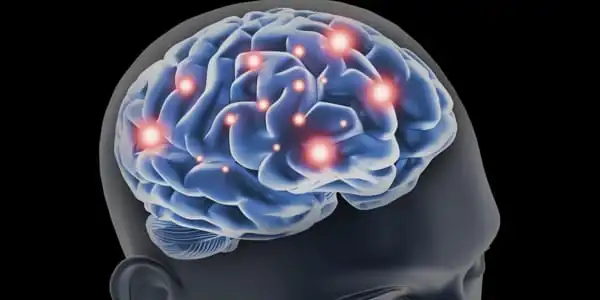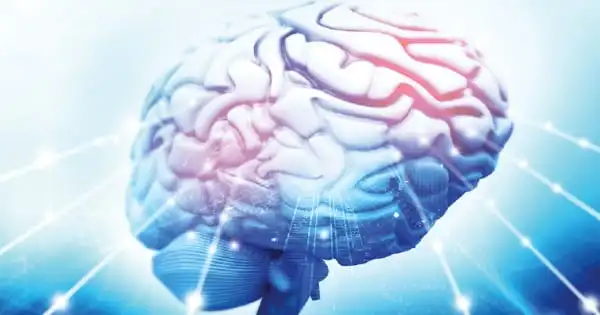Learning has been linked to brain alterations at all levels of organization. However, establishing a causal link between specific brain alterations and new behavioral abilities remains difficult. A scientist has created a tiny window that allows researchers to obtain sharper, long-term imaging of the brain’s visual network.
Bilal Haider is researching how multiple parts of the brain collaborate to produce visual experience. This could aid researchers in determining if neural activity “traffic jams” underpin many types of visual abnormalities, ranging from running a red light while visual attention is elsewhere to shedding light on the autism-affected brain.
To carry out this type of research, researchers require a trustworthy “map” of all the visual brain areas, with particular coordinates for each individual brain. Drawing the map necessitates monitoring and recording data from an active, functioning brain, which usually entails drilling a hole in the skull to see blood flow activity.
Haider’s team has come up with a better solution: a new type of window that is more stable and enables for longer-term studies. In a work published at Scientific Reports, an open access forum of Nature Publishing, the assistant professor in the Wallace H. Coulter Department of Biomedical Engineering at Georgia Tech and Emory University explains how.
Standard windows give really good pictures of the vasculature. But the downside is, if you’re working with an animal learning how to perform a sophisticated task that requires weeks of training, and you want to do neural recordings from the brain later, that area has been compromised if the skull is missing or thinned out.
Bilal Haider
Haider’s team uses an existing approach called blood flow imaging to obtain a clear image of the brain’s visual network. This technique measures oxygen in the blood, measuring the active and inactive parts of a mouse brain while the animal examines visual stimuli. Researchers generally build a cranial window by thinning the skull or removing a section of it entirely to catch a significant blood flow signal. These approaches can reduce brain stability in the waking, pulsating brain, which is bad news for delicate electrophysiological tests done in the same visual areas after imaging.
“Standard windows give really good pictures of the vasculature,” Haider said. “But the downside is, if you’re working with an animal learning how to perform a sophisticated task that requires weeks of training, and you want to do neural recordings from the brain later, that area has been compromised if the skull is missing or thinned out.”
The team’s new cranial window system allows for high-quality blood flow imaging and stable electrical recordings for weeks or even months. The secret is a surgical glue called Vetbond — which contains cyanoacrylate, the same compound that’s in Krazy Glue — and a tiny glass window.

A tiny layer of glue is applied on the skull with a micropipette, and then a curved glass coverslip is placed on top. The cyanoacrylate creates the effect of a “transparent skull.” Haider’s team created the new window system and then tested the accuracy of the visual brain maps that resulted.
“Sometimes the simplest solutions are the most effective. The glue forms a barrier that allows all of the regular physiological processes beneath to continue while leaving the bone translucent “Haider stated. “It’s the same as putting a case on your phone. The shield covers the glass surface, but everything beneath remains clear and functional.”
Haider’s approach will help his team accomplish their larger goals — to measure the activity of neurons in the brain’s visual pathways and understand how neural traffic jams diminish our visual attention, and how these processes may contribute to visual impairments in people with autism. It’s work that’s getting a boost, thanks to recent support of the Simons Foundation Autism Research Initiative.
Haider stated that appropriate brain function research necessitates repeated observations of neural activity, hence he has made the new window system publicly available.
“We believe this will be a beneficial tool for other researchers,” he stated. “We released the code, all of the hardware, all of the system specs, everything, completely available so that others could try it for themselves. We built it to be utilized in our research on the visual brain, but it might also be used to examine other brain areas in a way that allows researchers to conduct long-term trials while maintaining the brain stable and healthy.”





